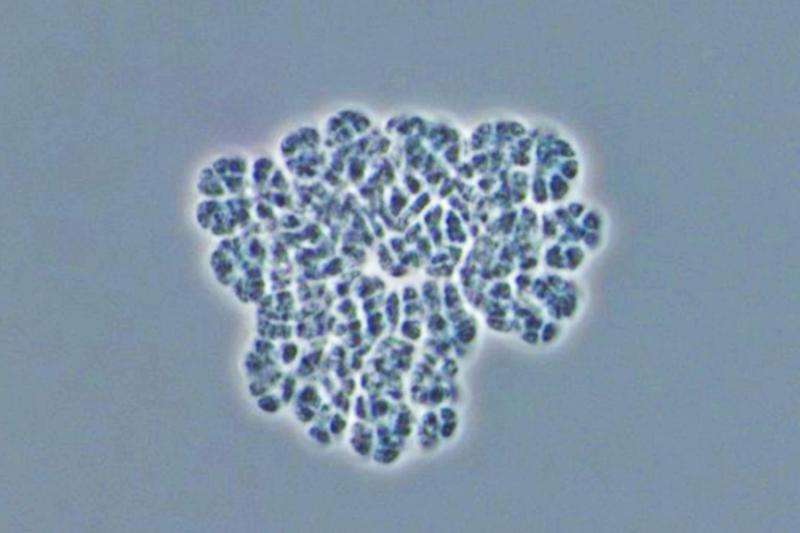Research delivers ground-breaking insights into evolution by studying transcription termination in archaea

In order to describe the diversity of life, science differentiates, for example, between the plant and animal kingdoms. Furthermore, life is also divided into three basic categories or domains: the first comprises organisms whose cells have a nucleus, the domain of the so-called Eukarya. The other two domains include, on the one hand, Archaea originally found in extreme environments, and on the other, Bacteria. Organisms belonging to these two domains do not have a cell nucleus. As such, the domain of Archaea has a special status, because it incorporates characteristics of both, Eukarya and Bacteria. Out of which of the two domains the eukaryotic cell developed – and thereby the higher organisms, including the vertebrates – during the course of evolution, has been a controversial topic to date.
Strong, recently discovered findings indicate that Eukarya could have developed out of the domain of Archaea. Researchers from the Institute of General Microbiology at Kiel University (CAU) now have been able to show that Archaea read /transcribe their genetic information to synthesize proteins in a very similar way to Eukarya. This supports the theory of the origin of Eukarya in the domain of Archaea. The new research results, from the team led by Professor Ruth Schmitz-Streit from Kiel University, together with Professor Rotem Sorek from the Weizmann Institute of Science in Rehovot, Israel, have just been published in the journal Nature Microbiology.
The key to these new discoveries lies in the investigation of transcription, i.e. the process of reading the genetic information. During this process, the so-called messenger ribonucleic acid (mRNA) is produced, whose job it is to implement the genetic information into proteins. With respect to these processes, the researchers investigated two types of Archaea, Methanosarcina mazei and Sulfolobus acidocaldarius, using genome-wide analyses. The end of the transcription process in particular is revealing: here, Bacteria only have a very short end sequence, after the part responsible for coding the proteins. This study shows that Archaea, in contrast, have a long end sequence after the part responsible for coding the proteins in their mRNA similar to Eukarya. The supposedly uninvolved ends of the mRNA could also potentially contribute to gene regulation in Archaea. The scientists were also able to prove that over 30 percent of the genes in Archaea could be regulated by a series of consecutive alternative termination signals for transcription. Therefore, different lengths of end sequences are generated in response to environmental conditions.
On the one hand, the new discoveries highlight the evolutionary similarities between Archaea and Eukarya. On the other hand, they indicate that the long and variable end sequences of the Archaea must also serve a functional purpose. This opens up a whole new area of activity in microbiology, emphasised Schmitz-Streit: "Previously it was simply not known that Archaea have such long transcript end sequences. Firstly, this sheds light on the evolutionary development of life. More importantly, with researching their functions, we are blazing a new scientific trail, and are hoping to gain surprising new insights into regulation in Archaea on the post-transcriptional level."
More information: Daniel Dar et al. Widespread formation of alternative 3′ UTR isoforms via transcription termination in archaea, Nature Microbiology (2016). DOI: 10.1038/nmicrobiol.2016.143
Journal information: Nature Microbiology
Provided by Kiel University



















